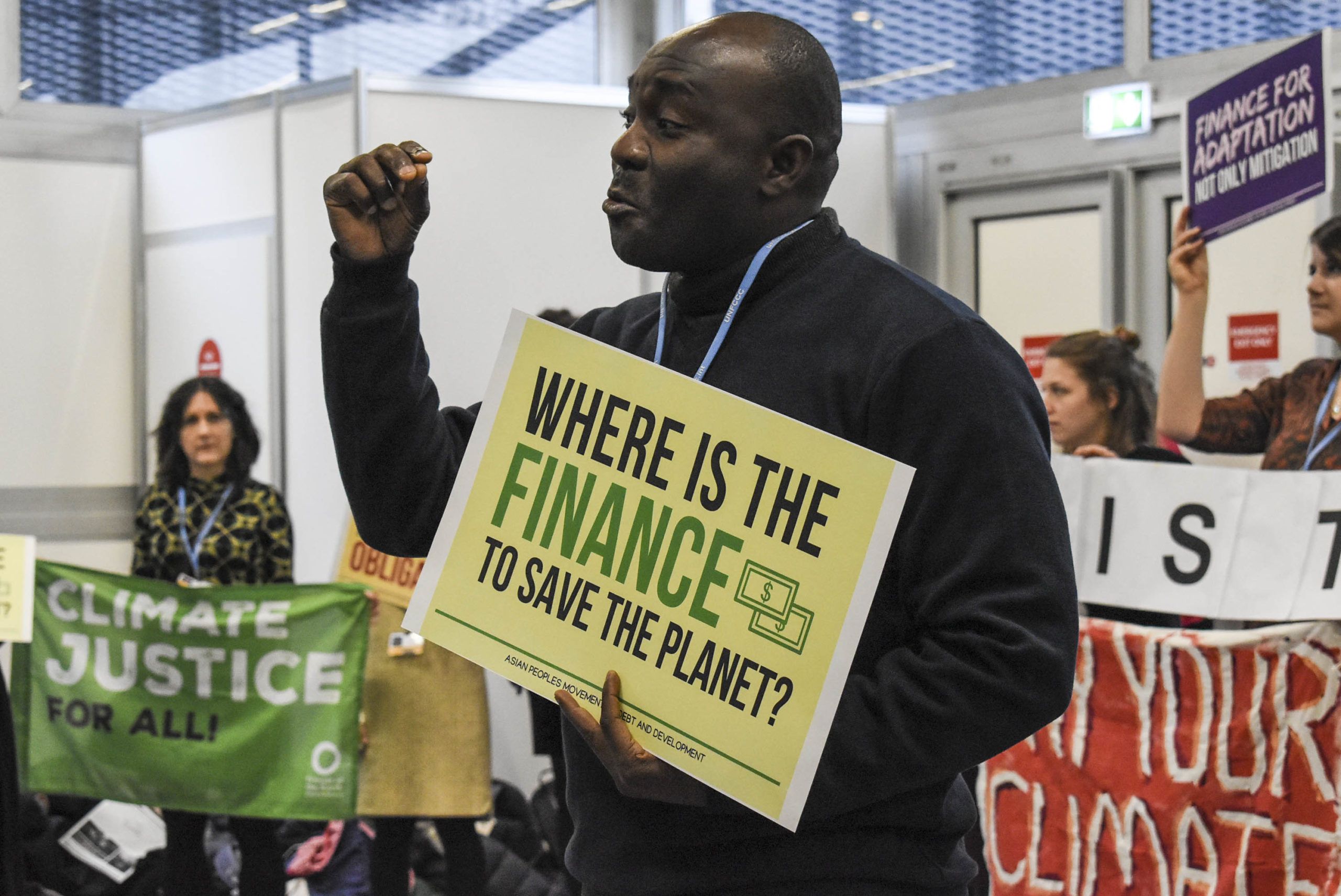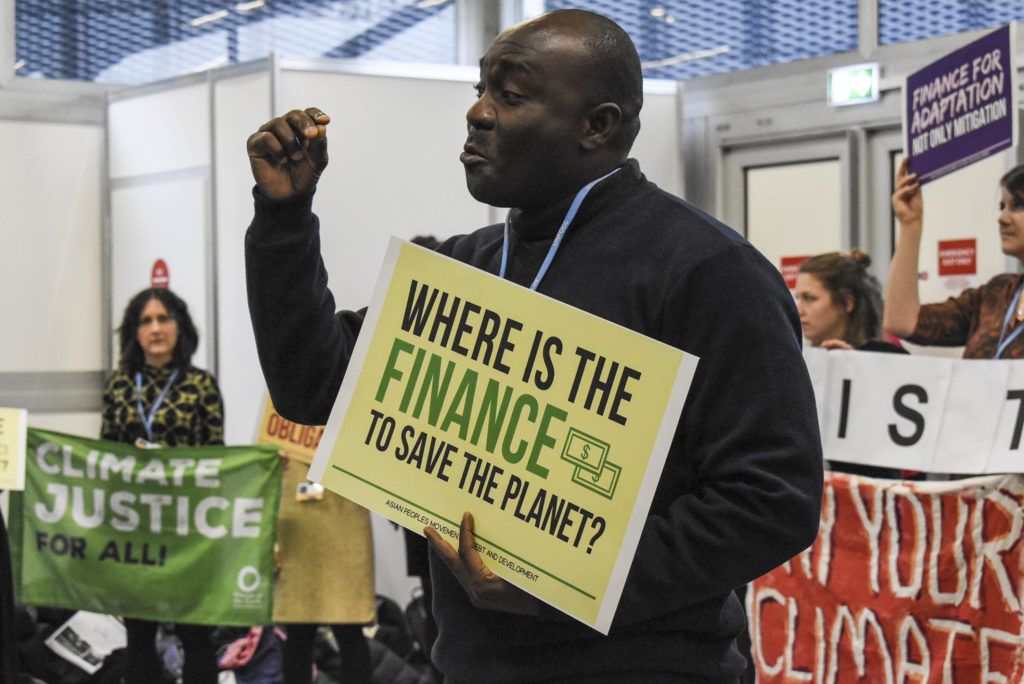
Rich countries must pay their climate debt
Developing countries are not only dealing with the impacts of the climate crisis now, but they are also having to pay for it. Their already limited funds are diverted to responding to climate disasters and rebuilding homes, roads and schools in the aftermath of deadly storms. Additionally, countries in the Global South need money to adapt to the rapidly changing climate, to help them build resilient communities and face challenges in bringing down their own climate change emissions.
It is unjust that rich nations who who have contributed most to the climate crisis and built their wealth by burning fossil fuels, often by plundering the natural resources of countries in the Global South in the first place, get off scot free when it comes to paying for the clean-up operation and dealing with the consequences. It is also far easier for rich countries to reduce their emissions while retaining decent standard of living for citizens.
The richest 10% of people in the world receive more than half of the entire global income, and are responsible for over 50% of global climate emissions. In contrast, the poorest half of the world receive less than 10% of global income. A climate justice approach means implementing solutions which redress the balance, instead of increasing the burden on the poorest. Paying the climate debt is central to this.
What is climate debt?
The concept of climate debt includes a number of elements:
- Wealthy nations must deliver their fair share of global emissions cuts, acting faster than developing countries to bring down their emissions
- Rich countries must provide support – financial and technological – to help developing countries reduce emissions while improving living conditions
- ‘Adaption debt’ – the money owed to help developing countries adapt to the impacts of climate change that can’t be prevented
- An increasingly important element, known as ‘loss and damage’ relates to the compensation that countries, communities and peoples need to cope with the reality of impacts of climate change that cannot be adapted to, for example, when small island nation states simply become uninhabitable due to sea level rises.

‘Show us the money’
Climate finance is not just a moral obligation, but a legal one. The United Nations Framework Convention on Climate Change (UNFCCC) states that wealthy countries who have a historic responsibility for causing the crisis must assist poorer countries to reduce emissions, and adapt to impacts, by providing financial support. This principle was reaffirmed in the 2015 Paris Agreement. But so far, very little climate finance has reached the people who need it, and wealthy nations are refusing to acknowledge any liability for the loss and damage faced by poorer nations.
At the Copenhagen climate talks back in 2009, rich countries committed to giving 100 billion US dollars (that’s equivalent to around £80 billion) per year by 2020. A decade on and only about a third of that has materialised, and nowhere near enough commitments are coming forward to make up the shortfall. Every year, climate finance is a key fight at the UN climate talks with developing countries and climate justice campaigners, including Friends of the Earth International, calling for the rich countries to ‘show us the money.’
Achieving the Paris Agreement goal of limiting global warming to 1.5 degrees is simply not possible without huge transfer of finance from the Global North to the Global South. Climate finance is an obligation, a debt owed, additional to any existing developmental aid, and should be paid with no strings attached.
With the UN climate talks (COP26) happening in Glasgow this year, it is more important than ever we demand our governments pay their climate debt in full.
